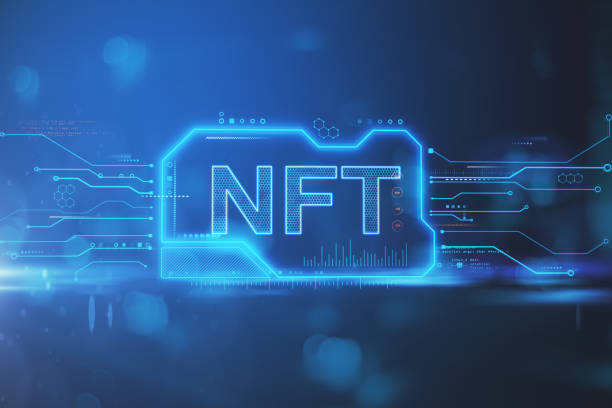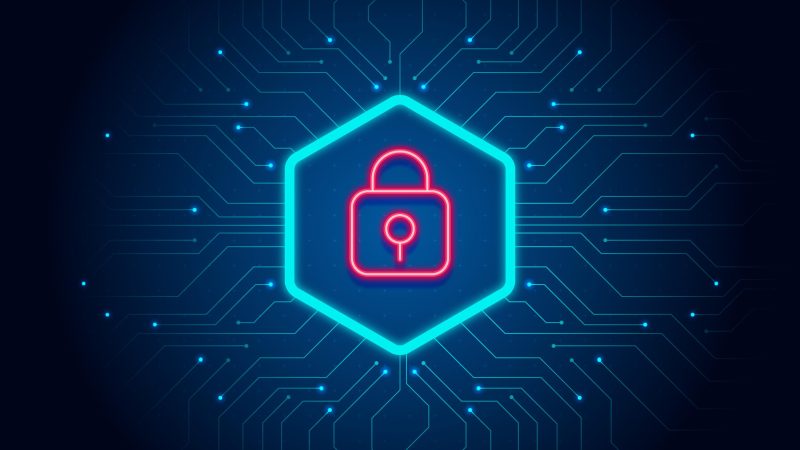What are Carbon Negative NFT and its effect?

Carbon Negative NFT is a term that is used to describe an NFT that has been created to remove carbon from the atmosphere. The most common way to create a carbon-negative NFT is by planting trees. Over time, the trees will sequester more carbon than was used to create the NFT, making it carbon negative. You can visit here for a better understanding.
There are a few other ways to create carbon-negative NFTs, but planting trees is the most common and effective method. By creating carbon-negative NFTs, we can help offset the emissions of traditional NFTs and make a positive impact on the environment.
Several Uses of NFT In the actual words:
Digital art: NFTs can create, buy, and sell digital art. Unlike traditional cryptocurrencies, which can be exchanged for cash or other assets, NFTs are unique and cannot replace anything else.
It makes them ideal for buying and selling digital art, as each piece can verify as genuine and authenticated by the artist. In addition, NFTs offer a way for artists to monetize their work securely and transparently.
For example, an artist could sell an NFT for a digital painting for $100, and the buyer would then own the painting outright. The artist would then receive the $100 directly without worrying about copyright infringement or other issues. As more people become interested in buying and selling digital art, NFTs are likely to become an increasingly popular way to do so.
In-game items: NFTs can represent in-game items, such as skins, weapons, and other virtual assets.
Collectables: NFTs are unique and can represent ownership of a specific asset.
NFTs can help reduce fraud and counterfeiting, as each NFT is stored on a public blockchain. As a result, NFTs offer many potential benefits for both collectors and creators of digital assets.
Tickets: NFTs can be used as electronic tickets for events, concerts, etc.
Membership cards: NFTs can be used as digital membership cards for clubs, gyms, and other organizations.
Loyalty points: NFTs can represent loyalty points that can redeem for rewards.
Gift cards: NFTs can be used as digital gift cards redeemed for goods and services.
Coupons: NFTs can be used as digital coupons redeemed for discounts and deals.
Loyalty programs: NFTs can create and manage loyalty programs for businesses.
Rewards: NFTs can create and distribute rewards for employees, customers, etc.
Several Ways how NFT can be misused:
NFTs could be used to create and sell fake items: With the rise in popularity of NFTs, it’s become easier for scammers to create and sell fake versions of digital art, collectables, and other virtual assets. While some platforms have taken steps to combat this problem, it’s still a risk that buyers need to be aware of.
NFTs could be used to launder money: Since NFTs can be bought and sold anonymously, they could potentially use them. Therefore, it is a risk that needs to be considered by both buyers and sellers when dealing with NFTs.
NFTs could be used to fund illegal activities: Since NFTs can be bought and sold anonymously, they could potentially use to fund illegal activities. Therefore, it is a risk that needs to be considered by both buyers and sellers when dealing with NFTs.
NFTs could be used to scam people: With the rise in popularity of NFTs, scammers have started to target people interested in buying or selling them. Before committing to a transaction, be sure to research any platform or person you’re dealing with.
NFTs could be stolen: Since NFTs are stored on the blockchain, they are susceptible to being stolen if the private key falls into the wrong hands. Therefore, it is a risk that needs to be considered by both buyers and sellers when dealing with NFTs.
NFTs could be used to spread malware: Since NFTs can be embedded with malicious code, they could spread malware. Therefore, it is a risk that needs to be considered by both buyers and sellers when dealing with NFTs.
Conclusion:
For both collectors and developers of digital materials, NFTs have a lot of promise. When trading in NFTs, however, there are several hazards. Before agreeing to a transaction, do your homework on any platform or assistance of an experienced person.






